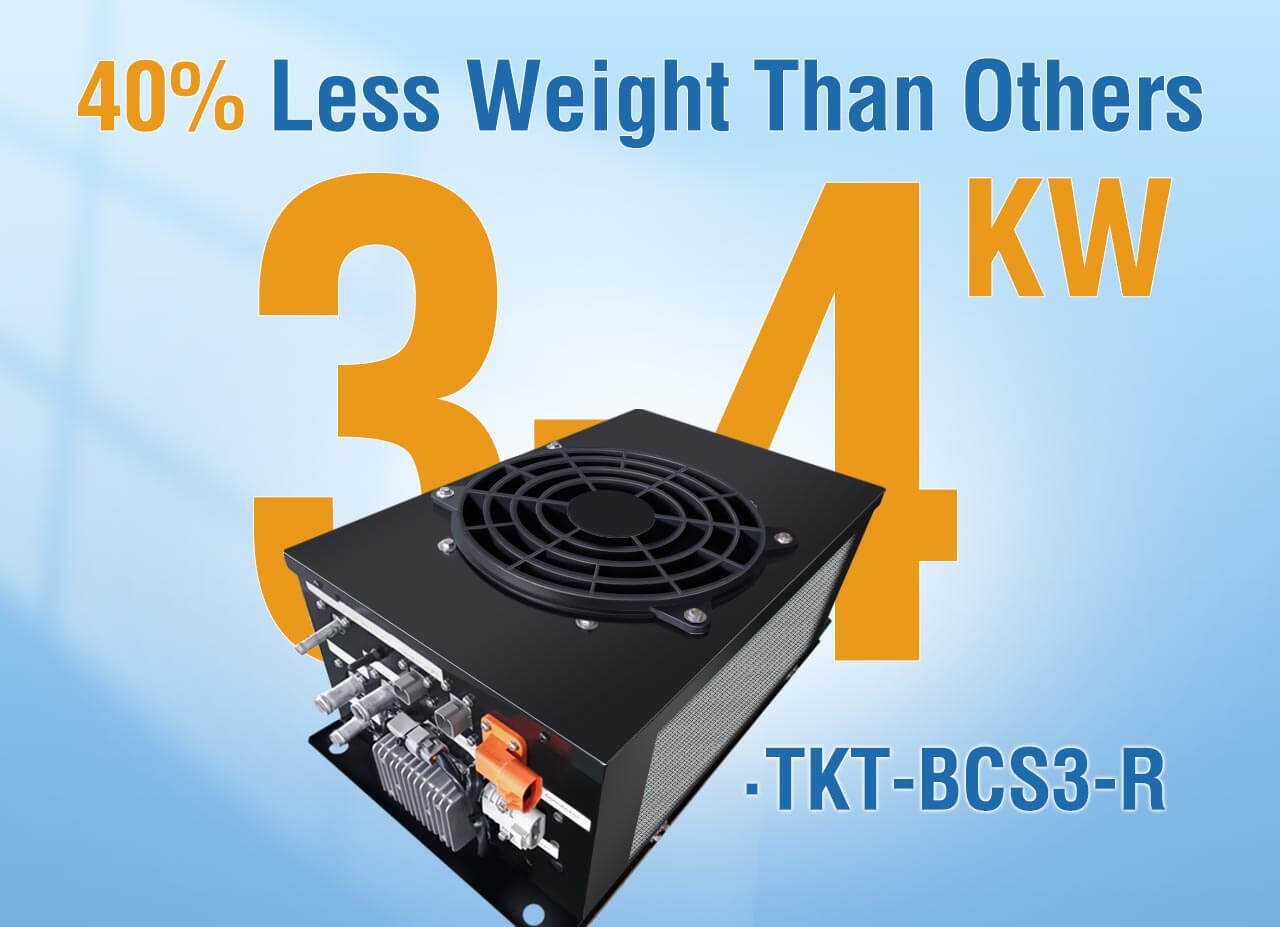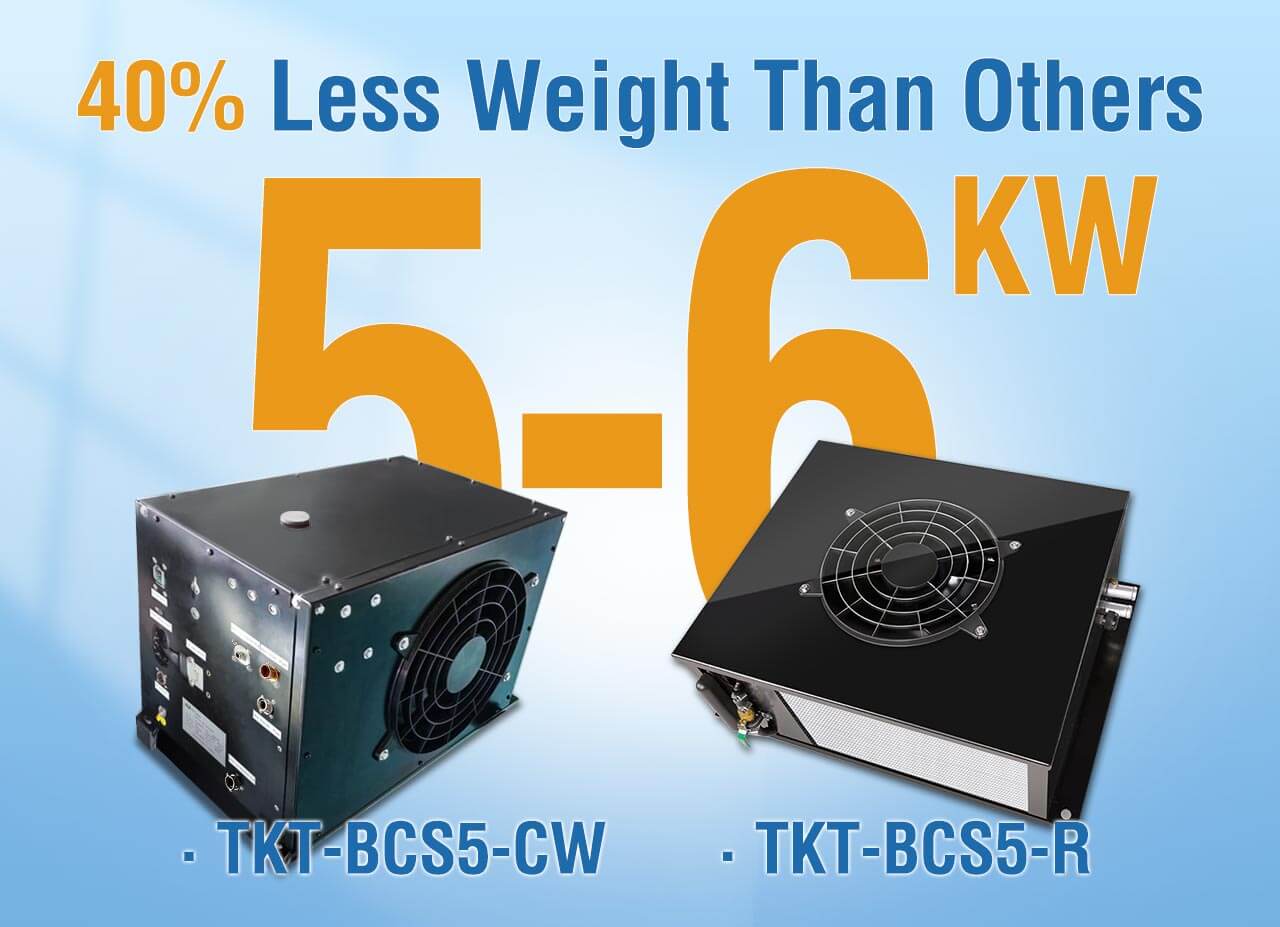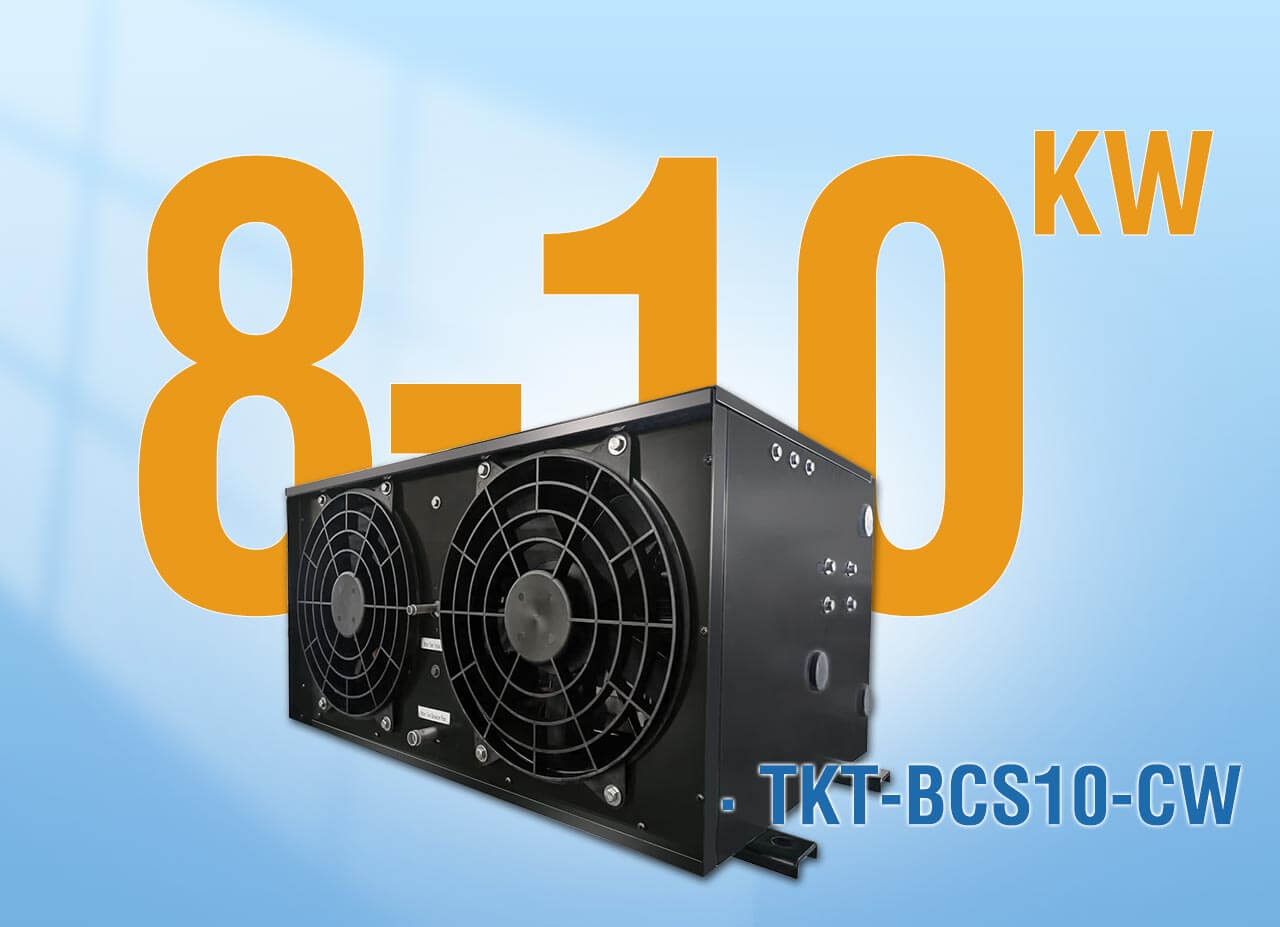Product CaTEGORY






Batteries need to work at the right temperature. The charging and discharging of power batteries is essentially a chemical reaction. The process releases heat, which affects the battery's service life, and operational safety. Battery thermal management refers to the temperature control of the battery system through cooling or heating.
Unlike the thermal management system of traditional vehicles, in the context of new energy vehicles, battery thermal management, together with motor electronic control thermal management and other equipment cooling systems, constitute the thermal management system. The temperature of the lithium battery is kept at 15-35℃ as determined by the laboratory. At the same time, in addition to cooling and heating, a good insulation system is also very important, which can reduce the energy consumption of the thermal management system to a greater extent.
(1).jpg)
Liquid cooling, direct cooling is more suitable for the current high-power charging and discharging.
Battery system cooling mainly includes: natural cooling, forced cooling, liquid cooling, direct refrigerant cooling (direct cooling) and other four ways.
▲Natural cooling refers to the use of natural convection heat transfer of air to transfer the heat of PACK, module or monomer to the surrounding air so as to reduce the system temperature. The effect is poor due to the low heat transfer coefficient.
▲Forced air cooling refers to the introduction of air into the case through a fan. The air is swept through the module or monomer at a certain flow rate under the action of the fan, thus taking away the heat. Compared with natural air-cooling, forced air-cooling has a higher flow rate and a higher convection heat transfer coefficient, which makes it more effective than the former.
▲Liquid cooling is usually combined with the vehicle thermal management system. The heat generated by the battery cells is carried out of the battery system through the refrigerant inside the battery system and then into the coolant circuit outside the battery, and then this heat is transferred to the vehicle air conditioning system through the heat exchanger, and finally this heat is transferred to the ambient air through the vehicle air conditioning system.
▲Direct cooling system means direct cooling of refrigerant. Generally speaking, a part of the refrigerant in the vehicle air conditioner is diverted to the inside of the battery system to reduce the temperature of the battery system through phase change and heat absorption, which has the highest heat transfer coefficient and better effect. From the point of view of cost and practical application, liquid cooling is more widely used, and direct cooling is yet to be developed.

Battery Thermal Management System Future Development:
With the growth of the proportion of long-range vehicles, high-power charging and discharging is the trend. The difficulty of battery thermal management increases. The proportion of fast charging in the charging pile is increasing. Fast charging and fast discharging mode increases the temperature of the battery, the difficulty of thermal management increases, and the early natural convection air cooling is difficult to meet the requirements.
The trend is to increase the proportion of new energy vehicles. With the imminent implementation of carbon emission policy in Europe, the transformation of traditional cars into electric vehicles, the global expansion of Tesla, and the continuous promotion of new energy vehicles in China, we believe that the trend is to increase the proportion of new energy vehicles (only EV, HEV, PHEV) in the future.
Referring to the forecast of the future vehicle power structure by Japan's Ministry of Industry and Economy, the global EV penetration rate (EVs/total passenger cars) is expected to reach 32% in 2023. Similarly, the impact of ambitious fuel economy standards on the market uptake of electric vehicles and specific CO 2 emissions is projected in the article "The impact of ambitious fuel economy standards on the market uptake of electric vehicles and specific CO 2 emissions", which predicts that by 2030, European OEMs will need to produce about 30% of all-electric vehicles.
TKT OEM Case:
.jpg)
.jpg)
.jpg)
.jpg)
.jpg)

